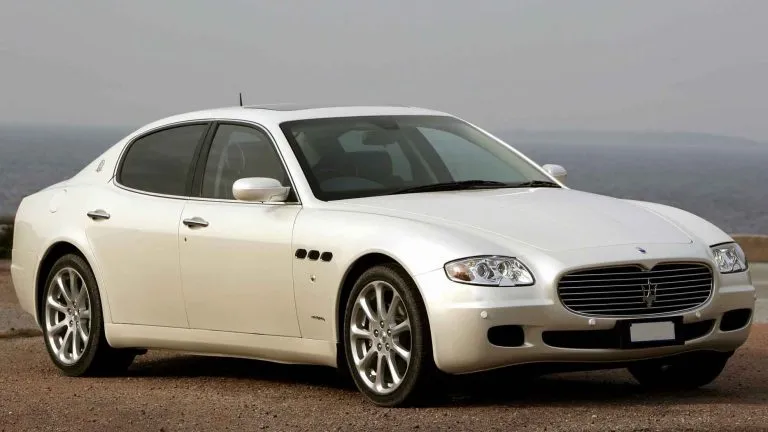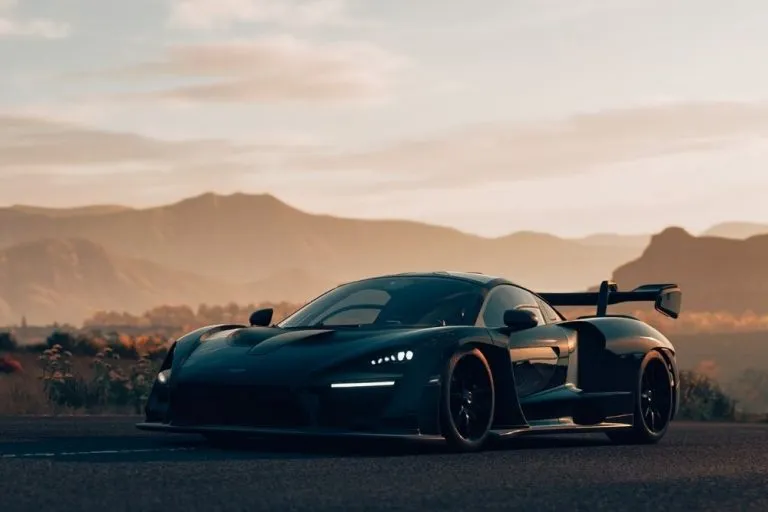2016 Maserati GranTurismo – Everything You Need to Know (Full Review)
By the time it rolled into 2016, Maserati were reaping the rewards of their success. The Trident from Modena were seeing the best car sales that they had ever achieved before. Over the last couple of years, the car maker had turned their attention away from the GranTurismo as they looked to expanding their product. This included the creation and construction of four new automobiles: the updated Quattroporte IV; Ghibli; Levante and the Alfieri, which is understood to eventually replace the aging GranTurismo.
Units were rolling off the production lines as fast as they were being sold; during 2016 they would see over 42,000 cars being sold worldwide. To put their rapid rise into perspective, in the three years from 1999 to 2000 they sold less than 5,000 cars but in these last three years 2014 to 2026 they sold over 110,000 cars.
Maserati were going from strength to strength and were looking into the future. This meant they had to view the GranTurismo under a critical eye. This elegant and exhilarating Grand Tourer had reached its zenith and it was time to draw things to a close. It was thought the production of this model would be discontinued in 2016 though it would continue for years to come.
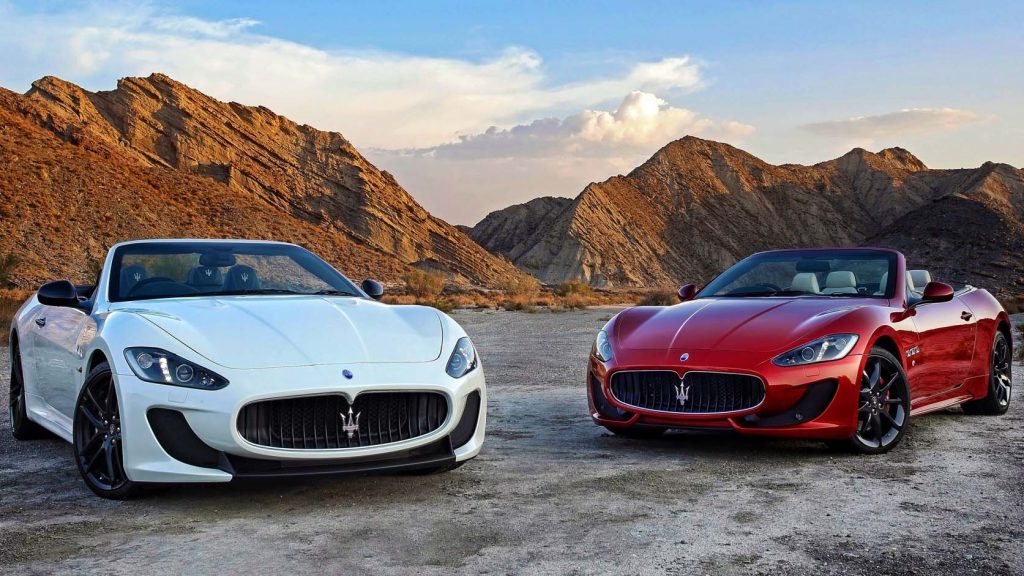
But Maserati already had a plan for what came next. At the motor shows of 2014, they unveiled what would be their new 2+2 grand tourer – the Alfieri. Unless you know the history, this might seem an unusual name but one of the original Maserati Brothers, who helped build and then race their first car, in 1926, was called, Alfieri Maserati. This is how deep and historic the Modena car maker is – respect the Trident.
So, for prospective GT owners, time was running out if you wanted to buy one of these Italian delights. The 2016 Maserati GranTurismo was unchanged from last year’s models and there would still be seven varieties to choose from. The entry-level Base Convertible followed by the Sport and MC editions which included a special Centennial Maserati Corse.
Horses Under the Trident
Over the years, the engineers at Maserati had designed and tuned their 4.7 liter Ferrari V8 engine into near perfection. Despite being heralded as the “runt” of the litter, the 2016 Maserati GranTurismo Base Convertible was now fitted with the original engine from the GranTurismo MC. This gave the soft top a strong engine output of 444 bhp and 376 lb – ft of torque which allowed this “base” model to reach 0-60 in 5.2 seconds and hitting a top speed of 176 mph (it could never compete with its hardtop cousins as it had to carry so much extra weight due to its lack of having a roof).
As the Base Convertible had an engine upgrade, so did the Sport and MC (Maserati Corse) models. This wouldn’t be a quick tinkering under the hood, the ‘Maestros from Modena’ are far more considered than that. They would turn to a man who had a deep understanding of the Ferrari engine – Snr Paolo Martinelli.
F1 Inspiration
When Scuderia Ferrari were winning the F1 Championship year in year out, with Michael Schumacher, Martinelli was the man tasked to overseeing the performance of the V10 engines. If anyone could fine tune a Ferrari engine to its peak it would be him. This was the level of attention Maserati would put into their car’s driving experience.
The result of Martinelli’s “tinkering under the hood” resulted in the pistons being redesigned, revision of the ignition-spark timing and the engine mapping and management being re-tuned. This resulted in giving the V8 engine 454 bhp and 384 lb-ft of torque.
This gave the 2016 Maserati GranTurismo Sport dynamic numbers: 0-60 in 4.8 seconds and a top speed of 186 mph (300 kmh). But if the automatic transmission is replaced with the automated manual then these figures are shaved even more with 0-60 occurring in 4.7 seconds and the top speed hitting 187 mph. Because of its mandatory weight gain, the GranCabrio Sport could only manage 0-60 in 5 seconds while the top speed, a little better than the base Convertible, at 177 mph.
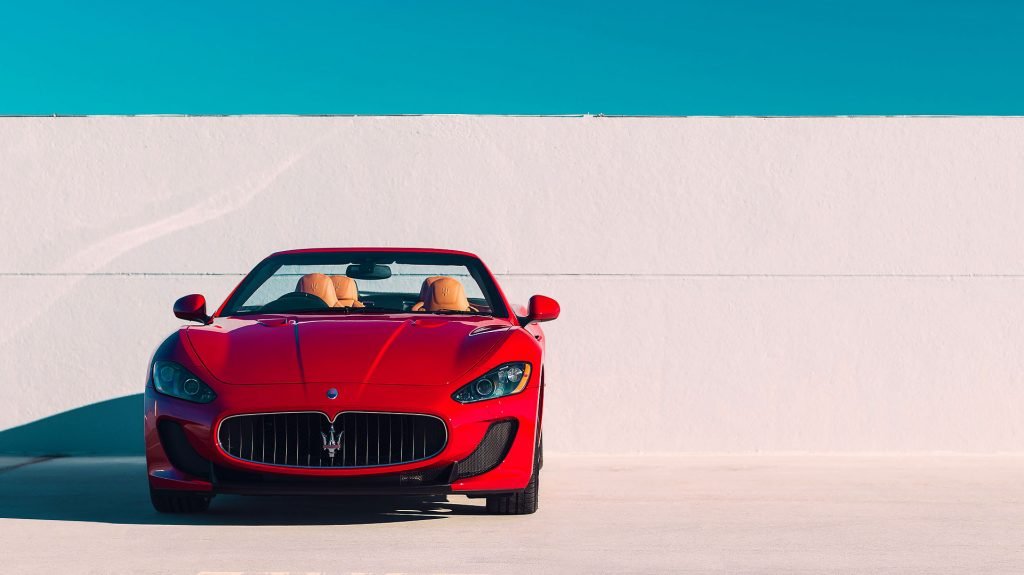
Transmission Transition
Most models would have a standard gearbox fitted by the German company, ZF. The six-speed automatic transmission would offer the driver two adjustable driving modes – Sport & Race. Their names give them away as to what their purposes are. When engaged, they will increase the dynamism of the gearbox, making shift changes at a faster pace, 200 milliseconds for Sport and a blistering 60 milliseconds for Race, while pushing the rev count ever higher to meet the redline. To give these driving modes more of a thrill, the baffles are bypassed after 3,000 rpm and the exhaust lets rip with the familiar growl and rumble of the GT engine.
To give an added sense of reality, in Race mode the suspension becomes firmer and the springs get 10% harder in anticipation of the robust driving to come.
But there was a different option to the ZF gearbox. If a buyer wanted to feel the ultimate thrill of racing then the newly developed MC Race Shift robotized automated six-speed manual transmission could be installed (around the world, the GT MC Stradale had this gearbox as standard). This would lead to blistering shift changes and hitting the redline on every change up. This would be accomplished by using the shift paddles n the wheel or by using the gear stick.
Driving on the Edge
Though these exotic high performance grand tourers might not be as fast as some of their road rocket rivals, their performance on the road would be judged by other means. With perfect precision, the 2016 Maserati GranTurismo would provide the ultimate thrill to any driver. With the seat set at a perfect driving position, the car would grip the asphalt and tear through corners as if riding on rails. Careful engineering would be the reason behind such a superb driving experience.
The cars had achieved almost perfect balance with the chassis being set at a 49/51 front to back weight ratio. Though, if the automated manual gearbox was fitted, this sat at the back of the car, over the rear axle, and the ratio was now set at 47/53. To grip the roads, Maserati would turn to Pirelli once again as they provided customized P-Zero tires that were staggered in width from 245 mm in the front to 285 mm in the rear.
Driving assistance aids were also installed that included both stability and traction control as well as anti-lock brakes. These would enable that however fast you might enter a corner or tight bend, the car could take over and make sure the excitement did not get out of hand.
To ensure the ride was kept as comfortable on the inside and minimized as much of the roll as it could, they used their adaptive ‘Skyhook’ suspension system. This could quickly adjust to any of the unevenness any road threw at it.
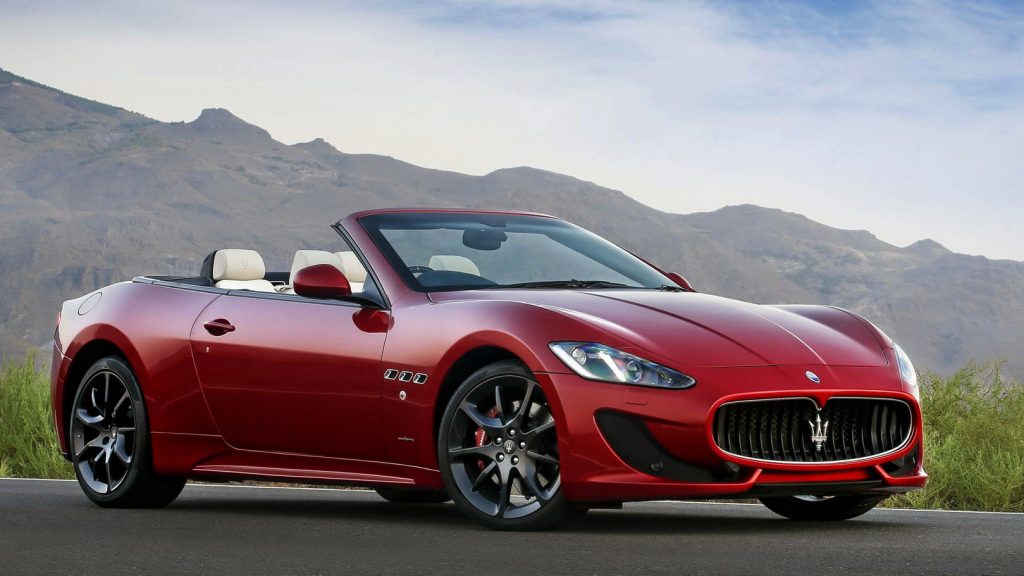
Unparalleled Luxury
The seductive design of the bodywork and the luxurious interiors made this automobile the icon it has now become. With new integrated front seats, soft leather covers most of the cabin. Other than the seats and headrests, there would be leather affixed to the side panels, steering wheel, dash and the gear stick, while the headliners could be adorned in Alcantara suede.
The 2016 Maserati GranTurismo would offer a choice of surfaces and textures throughout the cabin. Variations included chrome, carbon fiber, French lacquer and three choices of wood.
While the color coordination’s were endless with the leather coming in eight tones and the piping and hand stitching had a choice of 13 different threads. Even the carpets had multiple colors to match the drilled aluminum pedals.
The exterior was just as varied with the bodywork coming in 21 different paints and the three layered canvas top (which could be lowered in just 24 seconds even while the car was moving at under 20 mph) came in another six colors. The Centennial models also offered unique limited edition color schemes for both the bodywork and the seats.
The 20 inch alloy hubs had a choice of four designs and could be painted in black or bright silver. The Brembo brake calipers also had eight different colors to pick from.
Wired for Sound
The 2016 Maserati GranTurismo Infotainment system still included the Bose 11 Speaker Surround Sound System and linked with a satellite radio, that picked up Sirius Radio, and a CD player that could download music on to its 33gb hard drive. Smartphones and media players could be connected via Bluetooth and other auxiliary ports and there was a keypad for direct dialing from the console. Sat nav came with a seven inch touchscreen and the road information was stored within the hard drive as well. Though its cumbersome nature would still irk their owners.
Now that time had been called on the GranTurismo, every model was becoming a collector’s item. And time was running out.


